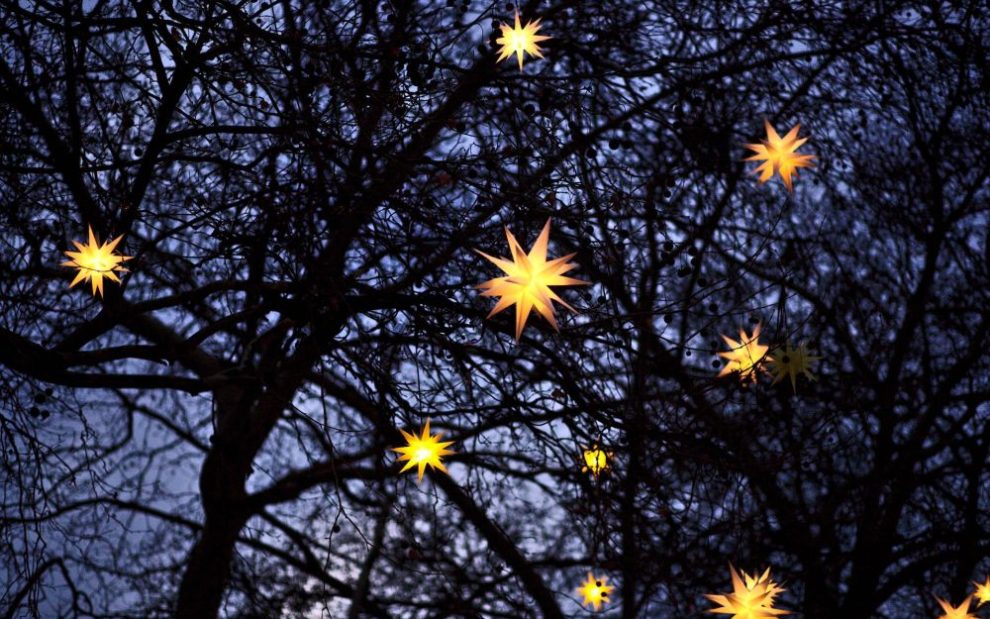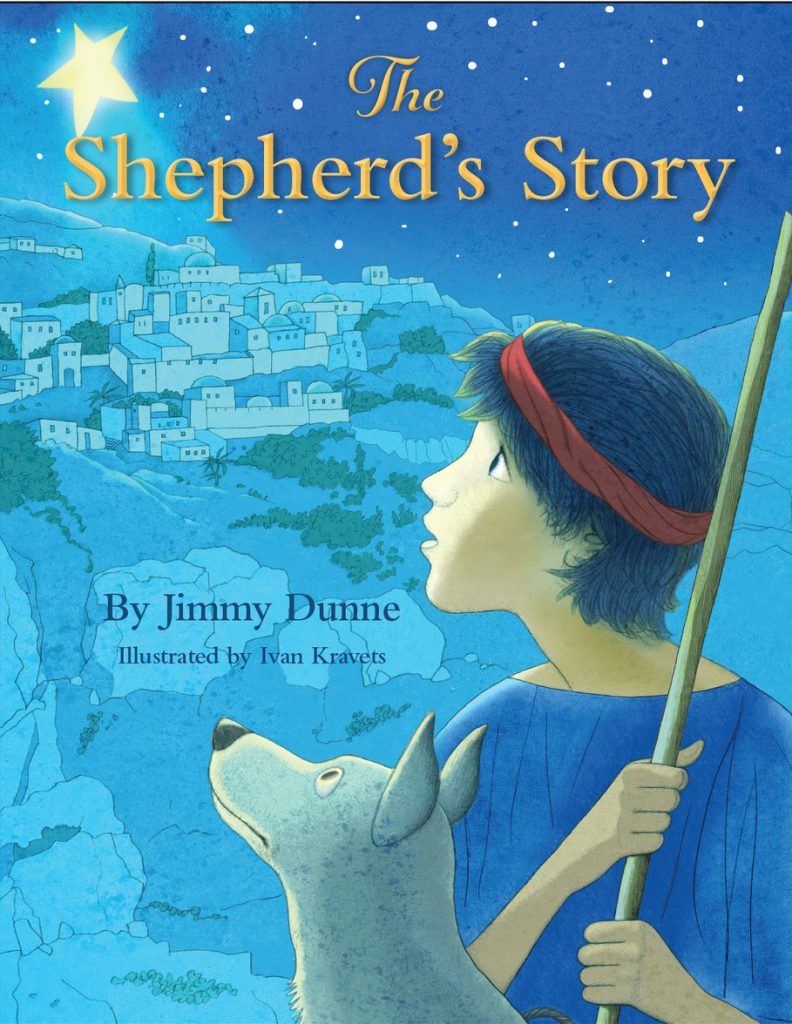The Shepherd’s Story
By Jimmy Dunne, illustrated by Ivan Kravets (Loyola Press, 2022)
Christmas is the perfect story of encounter. I realized this when I was reading the award-winning children’s book The Shepherd’s Story (Loyola Press) to my 2-year-old son. To be honest, I completely overlooked the book when I first came across it. Just another Christmas story, I thought. Don’t get me wrong, as someone who is devoting her whole life to the love of God, I am deeply affected by Jesus’ life—his birth, death, and resurrection. But the thing is, all the festivity around the Christmas season—the stories about Santa Claus, the wrapping and unwrapping of presents, and the holiday cheer—doesn’t quite resonate with me. Rather, it demonstrates for me how much Christmas has been “polluted by consumerism and indifference,” as Pope Francis called it.
Now, having a son makes things a lot different. I cannot simply shut out the world by burying myself in a mountain of academic texts. I cannot only read and write about Christ’s life by presenting scholarly arguments. Instead, I have to live it by gathering all that I can, so my 2-year-old can also savor the beauty and sorrow of Christ as I do. Except this time, it is in a language radically different from what I am familiar with. For the love of my son, I am compelled to look at the world differently—not to critique it but to encounter it. What better place to start––if not the only place to start––than Christmas.
The beauty of children’s books, I have discovered, is that they are works of art, presented through both their lyrical and poetical texts and their elegant and aesthetic illustrations. Embedded with moral messages, children’s books are open to imagination and interpretation. They do not simply educate children about what a moral life entails but perform it through words and images. By showing children what is good, children’s books are a means of moral formation. The Shepherd’s Story takes this to a different level. Written by Jimmy Dunne and illustrated by Ivan Kravets, the book enlivens the story of Christmas through music, performed and recorded by nine talented freshmen at Los Angeles County High School for the Arts. This is what led me to treasure the physical book.
What first put me off about the book was its blue-colored theme. I thought it was too dull and depressing. But the song transformed the theme into, or better yet reminded me of, the tranquility of that night when Christ was born. No longer a story of glory or festivity, The Shepherd’s Story presents the event of Jesus’ birth as an encounter of life disguised in the night. Although the song is not in the book, it captures the essence of the shepherd’s story as the “story of that special night, a young shepherd boy followed the light, to the hope of a child, and the wonder of life.” Under its blue dome, The Shepherd’s Story depicts longing, wonder, and love. It is an event in ordinary life. Being accustomed to the loneliness and void of the dark night, “night after night,” the young shepherd longs for meaning, the deepest desire of the human soul. Like you and me, he is drawn to the light that appears to his wondering eyes—a light that can only been seen in the darkness of the night. And only by following that light is his desire fulfilled, by at last laying his eyes on the face of the child Jesus, who is the Life.
Thus is the story of Christmas—the story about the wonder of life and our encounter with it in the silence of ordinary life. The Catechism of the Catholic Church teaches that “Mary’s . . . giving birth . . . escaped the notice of the prince of this world: . . . [It was] accomplished in God’s silence.” The story of Jesus’ birth is ultimately a silent story. And the only thing that attests to that event is the light that lives within us. Like St. John of the Cross sings so perfectly in the poem “The Dark Night,”
On that glad night,
in secret, for no one saw me,
nor did I look at anything,
with no other light or guide
than the one that burned in my heart.
This guided me
more surely than the light of noon
to where he was awaiting me.
Christmas is that moment of epiphany when the face of the Christ child appears to us, calling us to look and see the whole world in wonder. By encountering the face of the child Jesus—the Life—we are transformed by a silent love that swells in our heart.
What other beginnings are needed for a new culture of encounter? Pope Francis writes in the 2020 encyclical Fratelli Tutti (On Fraternity and Social Friendship), “Life, for all its confrontations, is the art of encounter.” In a time such as this, when life is continuously impoverished by a global pandemic, social injustices, and geopolitical turmoil, what can we do but remind ourselves of that light leading us to the wonder of life in the smallest of its forms? Dunne does his part by offering The Shepherd’s Story as an expression of hope. It points us to the light—guiding us to an encounter of life that expands to all.
Image: Unsplash/Filip Bunkens














Add comment